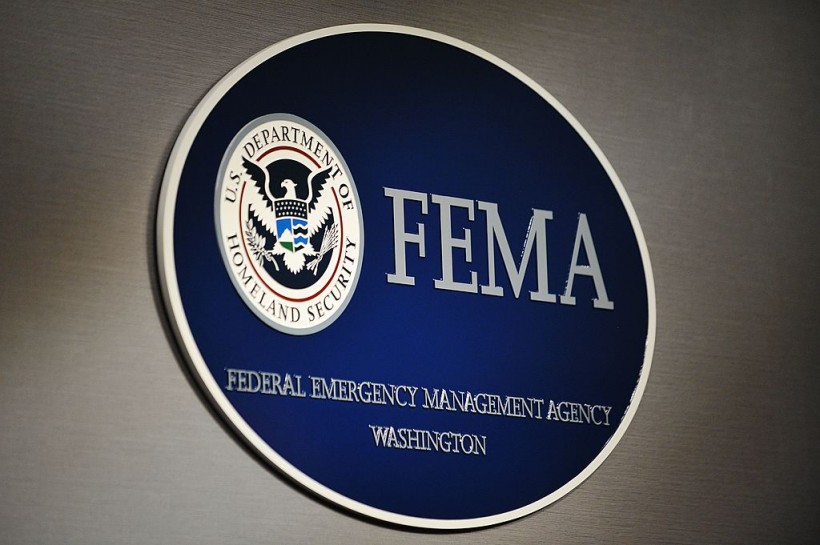Mark your calendars for October 4th, as a smartphone alert could grab your attention that day. On October 4th, federal agencies will issue these alerts to ensure the nation's readiness for communicating critical information to the public during potential large-scale emergencies.

(Photo : MANDEL NGAN/AFP via Getty Images)
The logo of the Federal Emergency Management Agency (FEMA) is seen at its headquarters August 27, 2011 in Washington, DC.
Conducting Emergency Alert System Test
The Federal Emergency Management Agency (FEMA) is gearing up to carry out a comprehensive test of the Emergency Alert System and Wireless Emergency Alerts on that date, as reported by Phone Arena.
In collaboration with the Federal Communications Commission (FCC), FEMA will be executing this nationwide trial to evaluate the effectiveness of the emergency alert mechanisms. In the event of a genuine emergency on October 4th, like severe weather, a backup testing date of October 11th has been established.
The upcoming nationwide test will comprise two segments, evaluating the capabilities of both WEA and EAS. These evaluations are set to commence on Wednesday, October 4, starting at 11:20 a.m. Pacific Daylight Time.
The tests are anticipated to run for a maximum of 30 minutes. During the WEA phase, every consumer cellphone will receive the alert only once. The alert will be presented in either English or Spanish, based on the language preference of the recipient's phone.
For over a decade, the United States has been dispatching emergency alerts to phones, as reported by the F.C.C. Comparable systems are employed by other nations, including the Netherlands and Japan. A more recent example is the testing of Britain's fresh emergency alert system in April.
Purpose of Testing
The New York Times reported that this marks the seventh occasion when a nationwide test of the Emergency Alert System will be broadcasted to radios and televisions, and it's the second instance of such a test being sent to all cellular devices.
Federal agencies are prioritizing the assurance of proper technological functioning as well as raising public awareness about the existence of these alerts before they become necessary, noted Jeff Schlegelmilch, the director of the National Center for Disaster Preparedness at Columbia University.
Schlegelmilch emphasized the importance of public awareness and comprehension when it comes to alerts, stating that their effectiveness hinges on people understanding their purpose and knowing how to react to them.
This test follows the recent rapid wildfires in Maui, Hawaii, during which Maui's emergency management agency opted not to trigger emergency sirens. This decision potentially hindered their ability to alert residents about the imminent danger.
Also Read: Google's Android Earthquake Warning System Under Scrutiny After Turkey Earthquake
Wireless phones are expected to receive the test message only once, provided they are powered on and within range of an active cell tower, and if their respective wireless provider is part of the Wireless Emergency Alert System. The test will be broadcasted by cell towers for around 30 minutes, as said by FEMA.
Authorized federal, state, local, tribal, and territorial government agencies generate and send Wireless Emergency Alerts to individuals in specific geographic areas. In this instance, the entire United States falls within the target area.
Related Article: UK to Test Public Warning System, Nationwide Alert to Be Sent to Mobile Phones Soon









